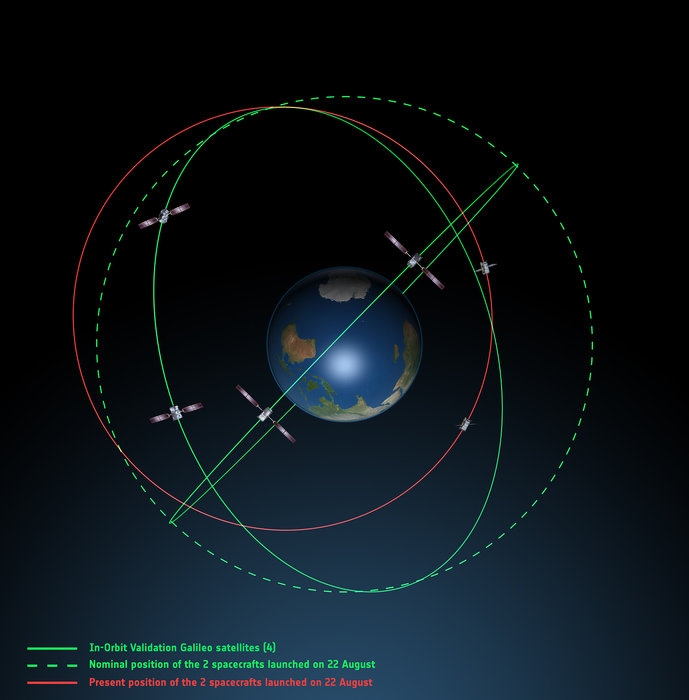

Galilei had assembled the utensils which he deemed necessary for the construction of a telescope. These items are followed by a very strange list of objects: artillery balls, two tin organ pipes, Tripoli powder, iron bowls, Greek pitch and felt. At the top of the list were items from Venice, such as Malvasia wine and clothes for his domestic partner Marina. How he went about this is divulged by a shopping list written on the back of a letter which Ottavio Branzini sent him from Venice. The view it afforded of the numerous, previously invisible stars and the contours of the moon’s surface were reason enough to build a new and even better telescope. From his very first look at the heavens, he sensed the enormous potential of the new instrument. Once he began to observe the night sky with the telescope, Galileo became the pioneer of telescopic astronomy. When he presented his first telescope to the rulers of Venice on 24 August 1609, it had not yet occurred to him to point it at the sky he had, instead, mainly military applications for the instrument in mind. Starting with a telescope that magnified things by a factor of two or three, he very quickly succeeded in building one that could achieve nine-fold magnification. He could now reap the benefits of his connections with craftsmen and the experience he had gained in the workshops of spectacle-makers. When the news of the telescope invented in Holland spread through Europe, Galileo Galilei was already renowned as an excellent technician.


 0 kommentar(er)
0 kommentar(er)
